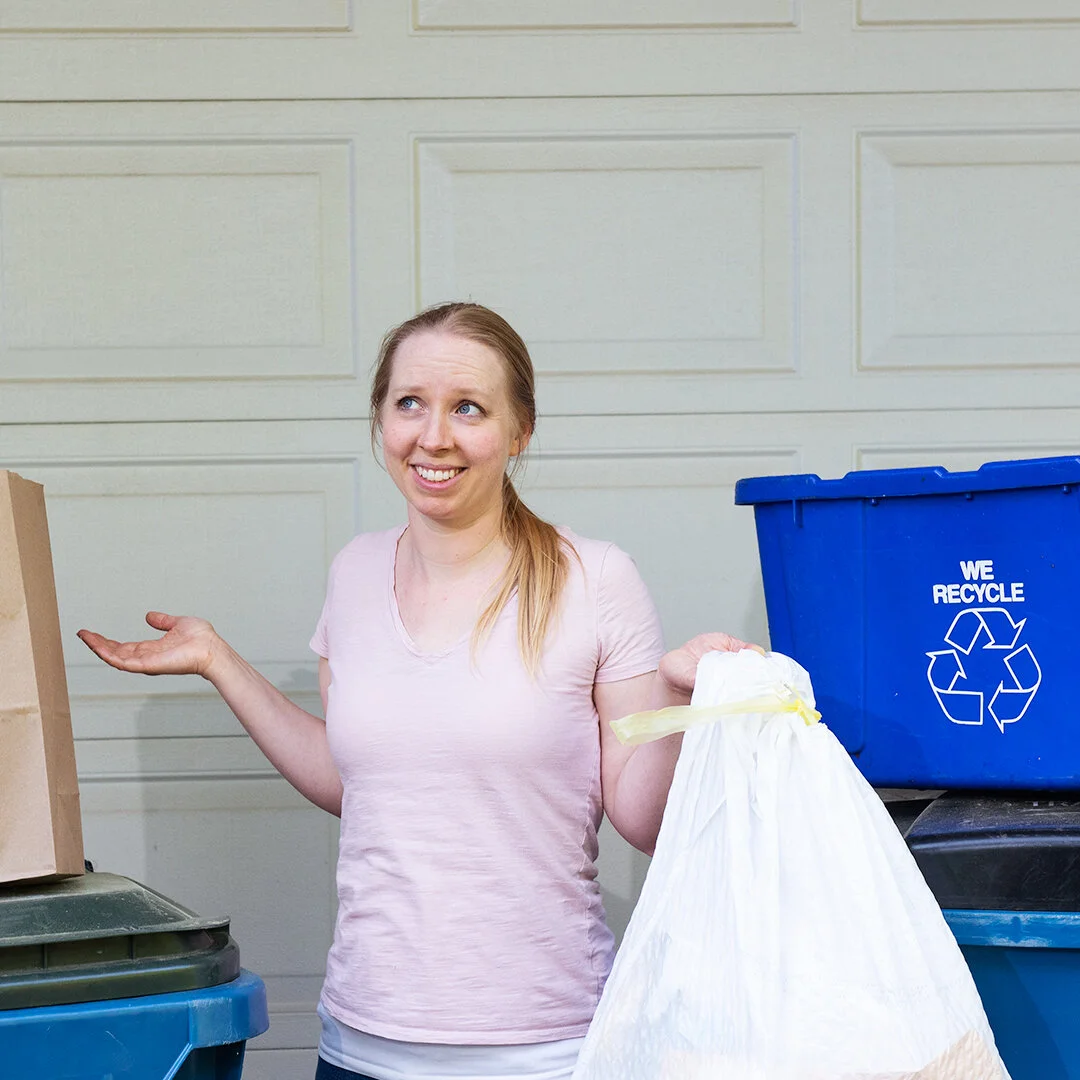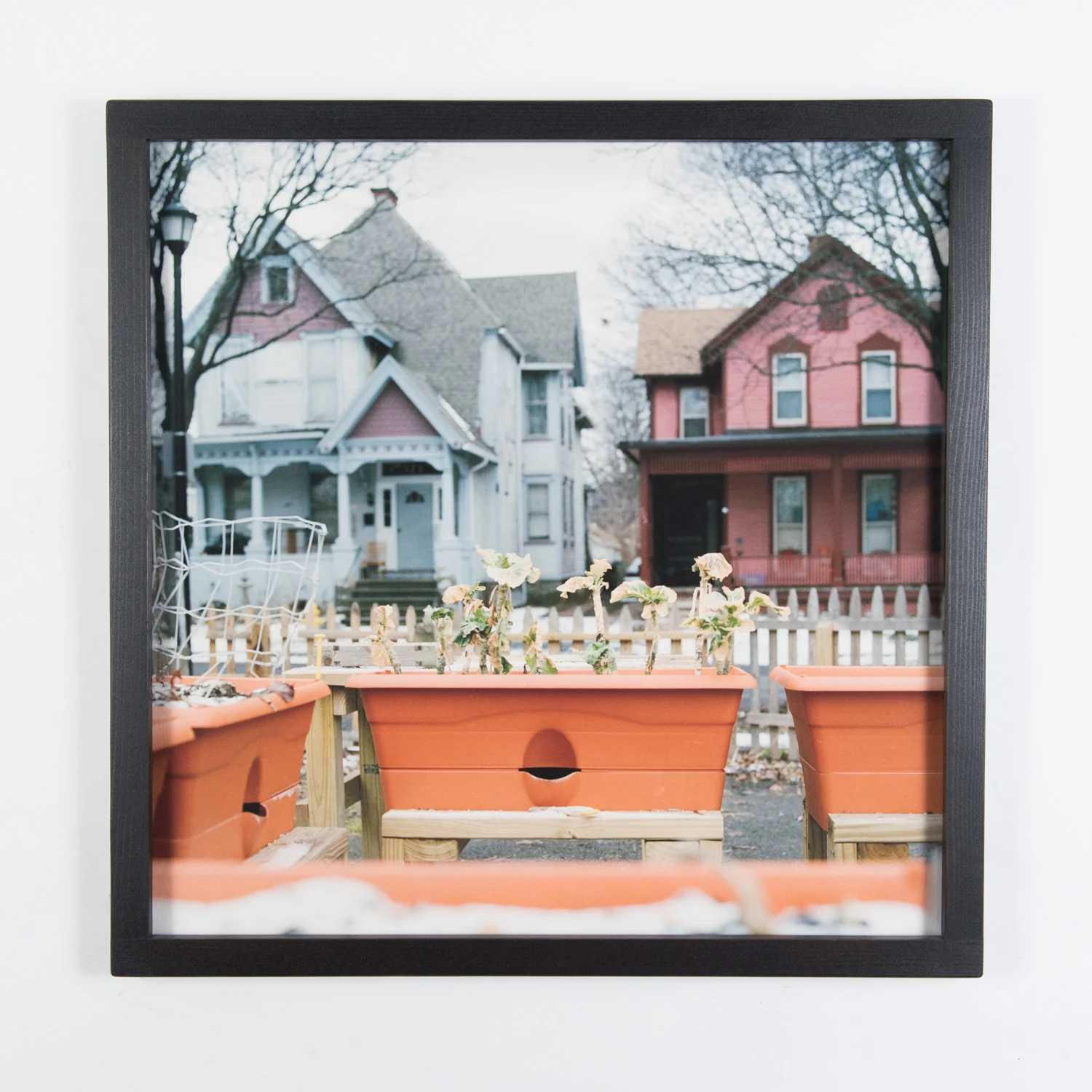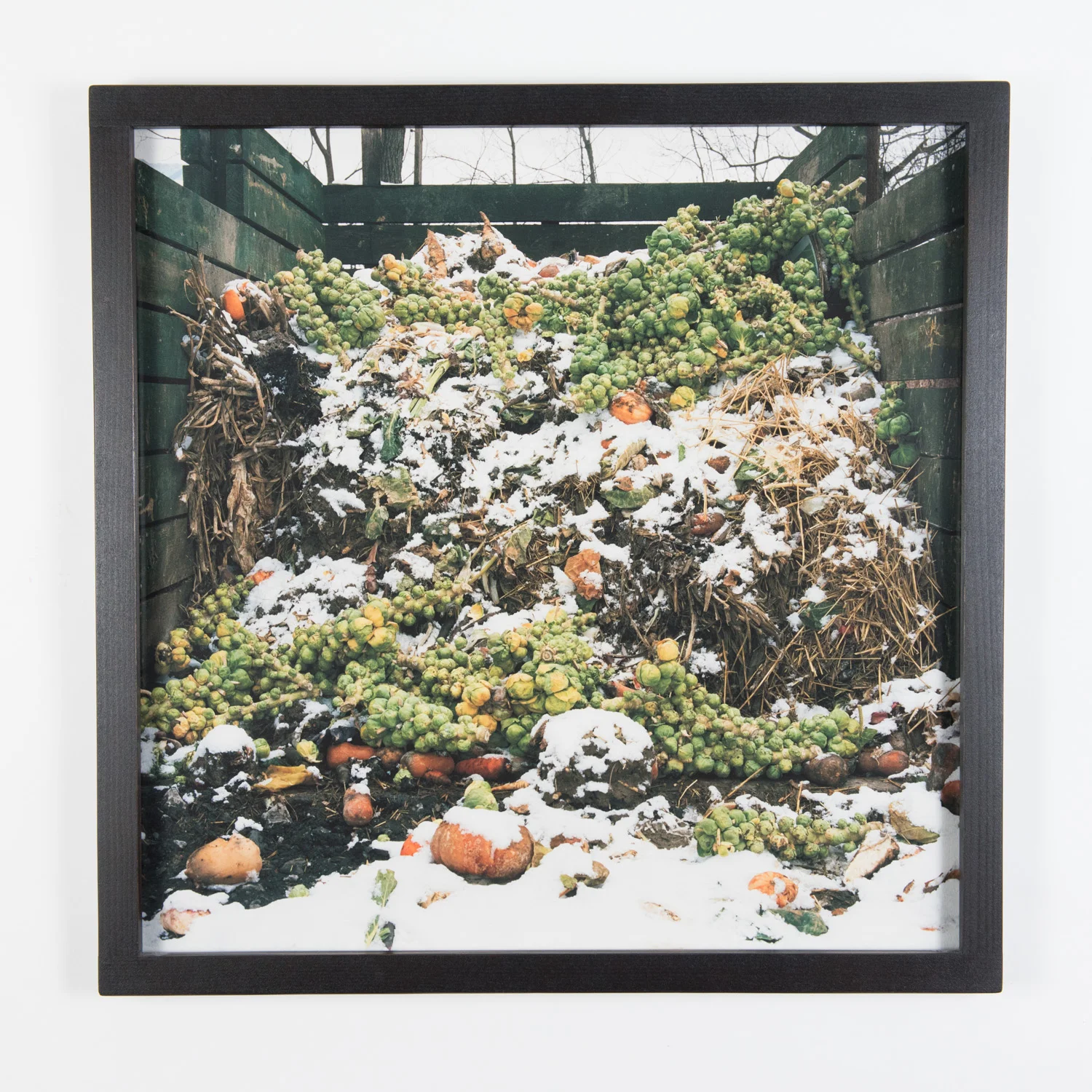Let's Compost!
Disclaimer: This post contains affiliate links, through which we earn a commission.
In the 21st century, it's incredibly difficult to avoid producing mounds and mounds of trash every year. Unfortunately, it's just the way that the modern day consumer culture is set up. We've talked in previous blog posts on the subject, particularly the post titled 5 Steps to Reduce Waste at Home. In that blog post, we discussed the bigger picture approach, along with looking into the details of what can and can't be composted and / or recycled. If you haven't read that blog post or watched the video yet, please be sure to do so! It's jam-packed with great ideas to help reduce waste in our everyday lives. In this blog post and video, we're talking specifically about composting and the ways in which we can keep our food scraps and yard waste out of landfills, instead generating rich soil and a healthy habitat for bugs.
Here are two big things to know about composting: it's ridiculously easy and every household, school and business, the world over, should be doing it. According to the EPA, in 2018, approximately 35.3 million tons of wasted food was sent to landfills, representing 24.1 percent of all waste sent to landfills that year. When food goes into the trash, ultimately ending up in a landfill, it can’t break down, instead it is preserved and releases methane, a far more potent gas than carbon. In contrast, by setting up and utilizing a composting system, you are creating a home for the bugs in your yard, who do you a favor and turn your food scraps and yard waste into usable, chemical-free fertilizer. And among other benefits, carbon is absorbed into the soil through the process.
It's maddening that many housing communities don't allow home compost piles. If you find yourself in a situation in which you are not permitted to have a compost, then first I suggest petitioning the governing body of your housing complex to strongly request either the permission to compost if you have a yard or the installment of a community composting station if you live in an apartment. And if this is not possible, see if there are any businesses in your area that collect compost, such as Compost Cab in Washington DC. Local farmers or farmers markets may accept compost. And in our local region, Mom’s Organic Market has a compost collection bin. Alternatively, try an indoor composting system, such as bokashi or a worm bin. Or if you want to get high tech with your composting, you could go for an electric composter, which even has the capacity to take chicken bones, unlike a regular outdoor composting bin.
I also find it very puzzling to see yard waste piled up at street curbs for waste collection. In the spring and summer, I see twigs, branches and other dead plant off-cuttings. In autumn, the leaves are piled up. And in late December and January, Christmas trees are sadly tossed to the curb. While much of the yard waste is at least turned into mulch that can then be recollected by county residents, this is an incredibly inefficient system. And what's worse is that yard waste is often collected in plastic bags, which is a very unnecessary use of plastic. At the very least, if sending yard waste to the waste collection company, it should be in paper bags, which can also be composted. Imagine if everyone composted all of their yard waste, in addition to their food scraps? They would have beautiful homemade, free fertilizer for their lawns, and so much energy would be saved by eliminating inefficiency… and plastic! Additionally, harmful off-gassing would be significantly reduced. And again I say, composting is so easy!
First things first with composting. When it comes to composting, you have your “greens'“ and your “browns.” Greens, like vegetarian food scraps, coffee grounds and fresh plant trimmings, are rich in nitrogen. On the other hand, browns, like dried leaves, twigs, paper and cardboard, are rich in carbon. The contents of your compost bin should consist of about 50% greens and 50% browns. For more information on what goes into a compost pile, be sure to check out the blog post 5 Steps to Reduce Waste at Home. And make sure that whatever you add to your compost has not been sprayed with any pesticides or other chemicals. Secondly, the compost should be turned about once a month to help the process along. Thirdly, the bugs do all the hard work. And finally, if you have the yard space, it’s a really good idea to have three large outdoor compost bins, so that you can have compost in three different decomposition stages. The first bin is for fresh kitchen scraps, yard waste, etc. The second bin is for transferring the contents of the first bin after some decomposition has occurred. And the third bin is for finished, garden-ready compost that has processed for at least 3-6 months.
As you’ll hear in my video, I’m a lazy composter, which isn’t necessarily a bad thing. It just means that the decomposition process takes longer. I don’t closely follow the 50/50 guideline and tend to add too many greens, resulting in initially very wet and gooey compost. Additionally, I don’t turn my compost. Up until last year, I only had one outdoor compost bin. But now that I have more than one, sometimes I add fresh yard waste and food scraps to the second large outdoor bin, rather than walking it further across the yard to the first bin for initial decomposition. I cut tons of corners, but the bugs sure are happy and at the end of the day, we’re keeping our food waste from going into the landfill and allowing it instead to breakdown and feed the bug biome.
In the video corresponding to this post, I walk you through our home composting system. We are fortunate to have access to plenty of space for outdoor composting. We have a small bin that sits outside the door nearest the kitchen. When that fills up with vegetarian kitchen scraps, we slip on our shoes and walk it a few steps to our first large outdoor compost bin, similar to this one. The bugs go crazy devouring everything that we put in there. All the “greens” that I put in there attract loads of maggots in the summertime and they break food scraps down really quickly. In late fall before the first frost, I move the contents of the first big compost bin to my second compost bin, which is located in the garden. Wiehan and I built that one from palettes, using this video tutorial on YouTube. We don't yet have a third bin. But for now, I have an excess mix of topsoil and compost that was delivered to our home at the beginning of the growing season and it’s sitting in a pile next to the second bin.
When it comes to composting, it’s all about finding a system that suits your living situation, as well as your lifestyle. Maybe a home pickup service is the best option for you. Or maybe you follow all the composting guidelines perfectly. But no matter what style you follow, what matters most is recognizing the value of kitchen and yard waste and keeping it out of the landfill. So what are you waiting for? Let’s compost!
And tell us! Do you compost? If so, what kind of style works for you?
- Christin








